Many of you are probably unaware that I studied abroad in Belfast, Northern Ireland during the spring semester of 2014. I specifically studied Northern Irish history, including The Troubles. I fell in love with the small city and countryside. My blog started off as a journal of all my adventures, but now as a blogger I am revisiting these memories and presenting them in a much more coherent and useful way. I am beyond excited to share my love for Northern Ireland!
As a visitor to Northern Ireland, you may or may not know a lot about The Troubles. This post is not about the history of the Troubles, nor is it a political piece. This post is meant to explain many locations tourists will visit in Belfast. My purpose is to add context to many of these monuments and areas. Why? So you know what you are looking at! Context is everything and yes, while I just mentioned this piece is not historical and political, it is impossible to avoid discussing The Troubles without such angles. Keep in mind that these photographs are from the spring of 2014. Belfast is an every-changing city and it is really common for murals to be redone.
East Belfast
East Belfast has a large unionist majority. In the middle of the area is the Catholic Short Strand community. For decades, Protestants and Catholics have regularly clashed at the edges of the Short Strand. This has led to fierce rioting and, occasionally, gun battles. Consequently, much of the Short Strand is surrounded by peace lines. Politically, though Unionist political parties are undoubtedly popular, the Alliance Party of Northern Ireland has been fairly successful (it represented East Belfast from 2010-2015).
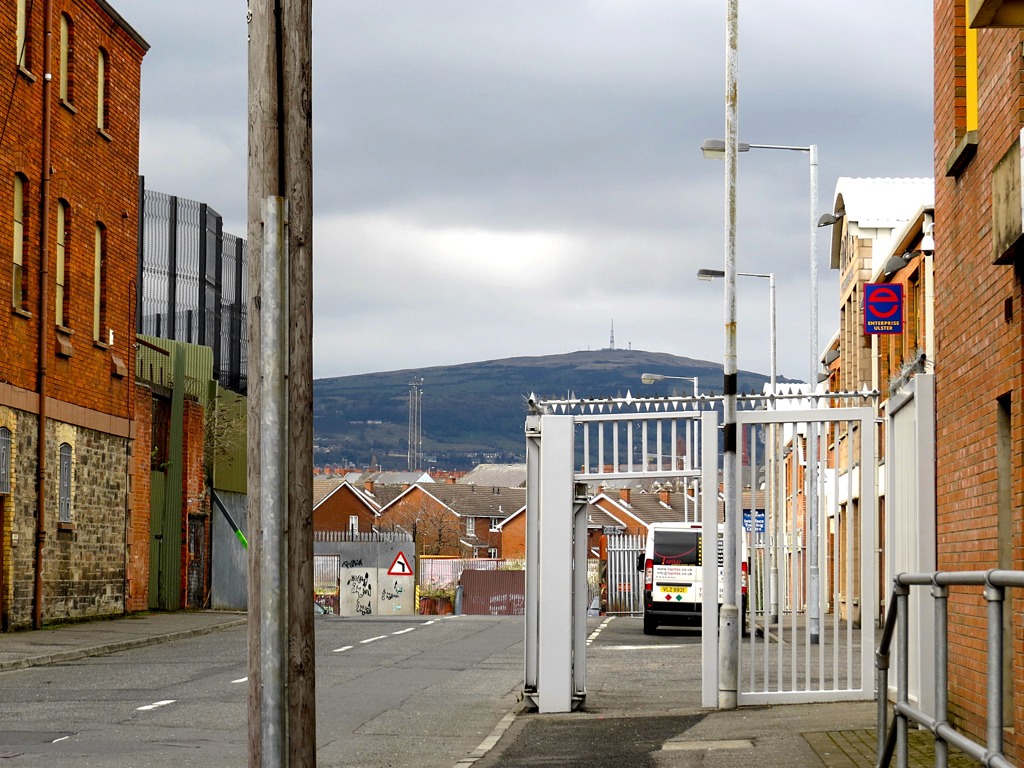
Ulster Museum
The Ulster Museum contains important collections of Irish birds, mammals, insects, molluscs, marine invertebrates, flowering plants, algae and lichens, as well as an archive of books and manuscripts relating to Irish natural history. The museum also features material from the collections of fine art and applied art, archaeology, ethnography, treasures from the Spanish Armada, local history, numismatics, and industrial archaeology. Another section of the museum presents The Troubles. The exhibition documents The Troubles through black and white photos and silent videos, interpretive historical narrative, and personal stories. In my personal opinion, is it the most neutral, unbiased account of The Troubles available (that is also easily accessible).
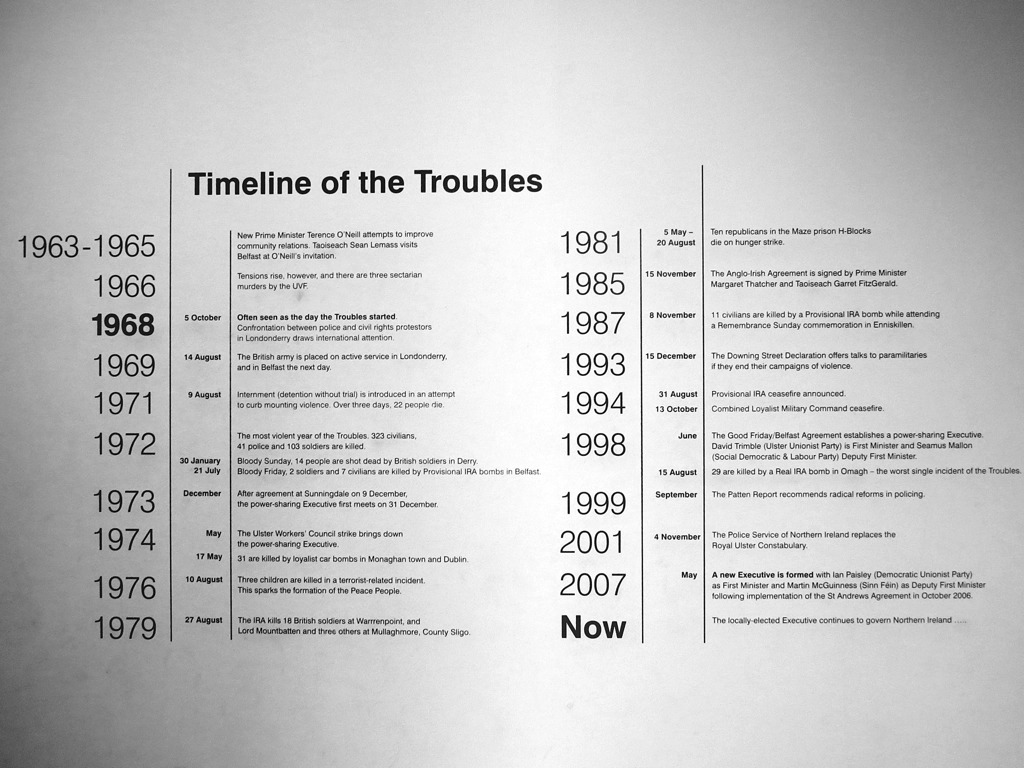
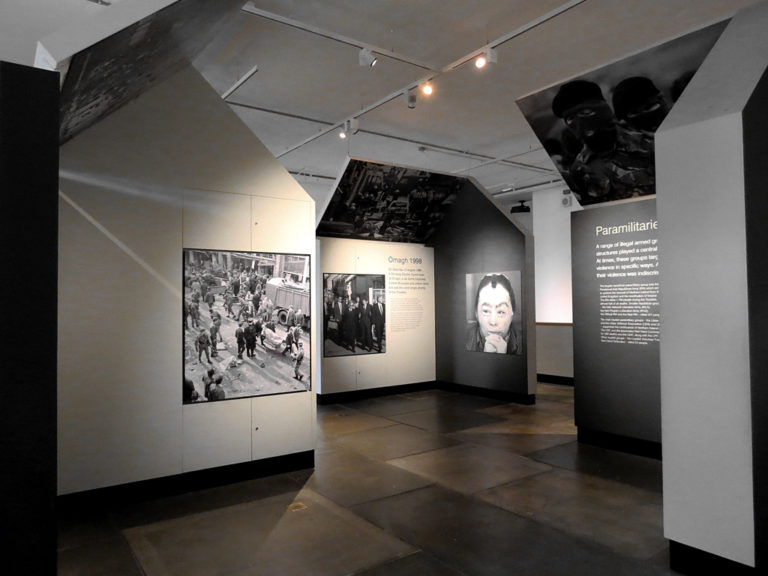
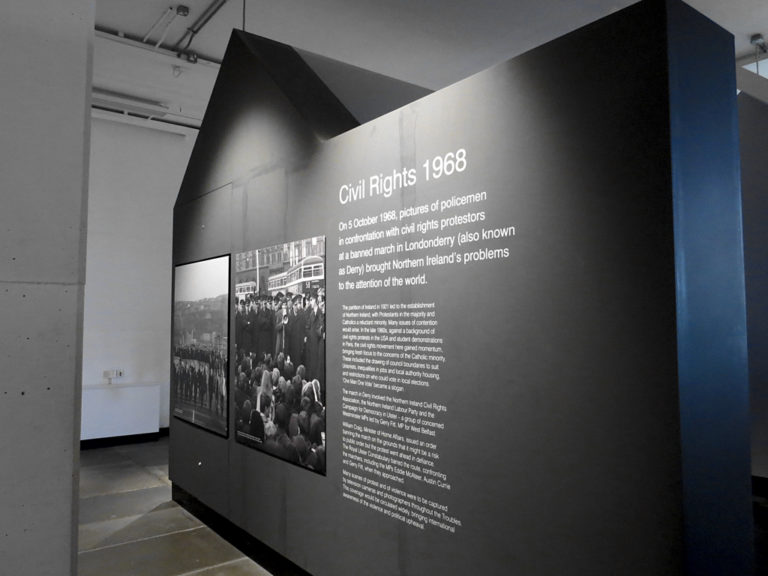
Sandy Row
Sandy Row is an area in Southeast Belfast. It is a traditionally Protestant, close-knit, loyalist community, noted for its elaborate Orange Order parades on the Twelfth, with over 40 Arches erected in its streets. In addition to the arches spanning the road, buildings and homes are decorated with flags, bunting, and banners. During The Troubles, the area had a strong Ulster Defence Association (UDA) presence. For those who may not know, the UDA was the largest loyalist paramilitary group.
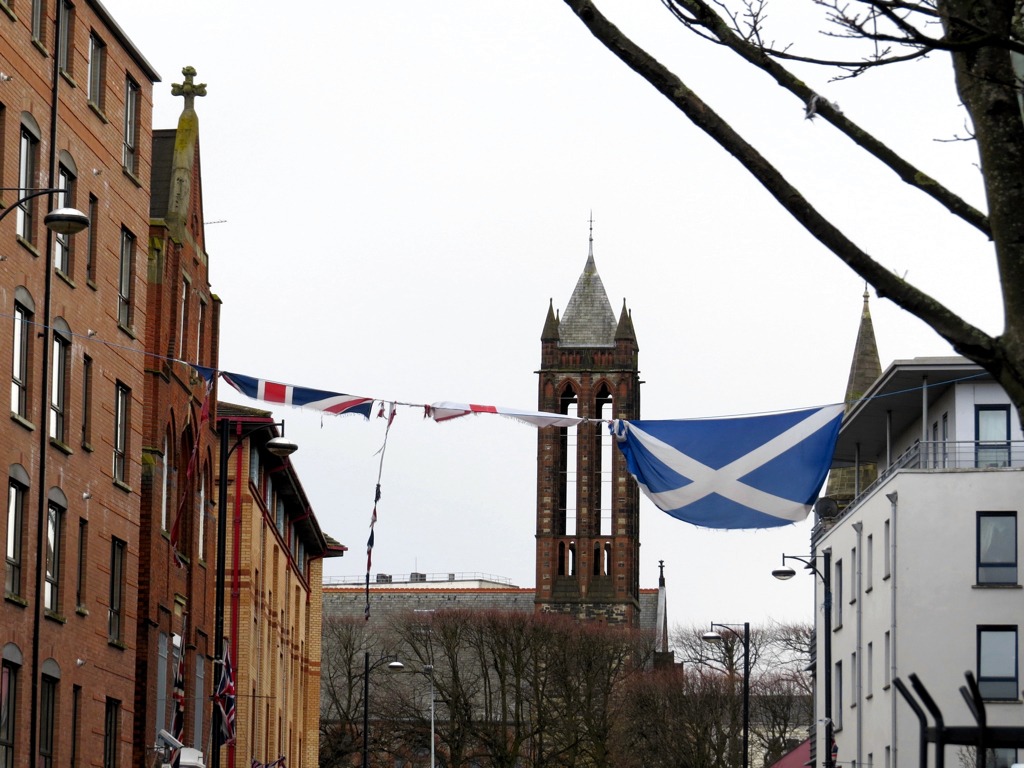
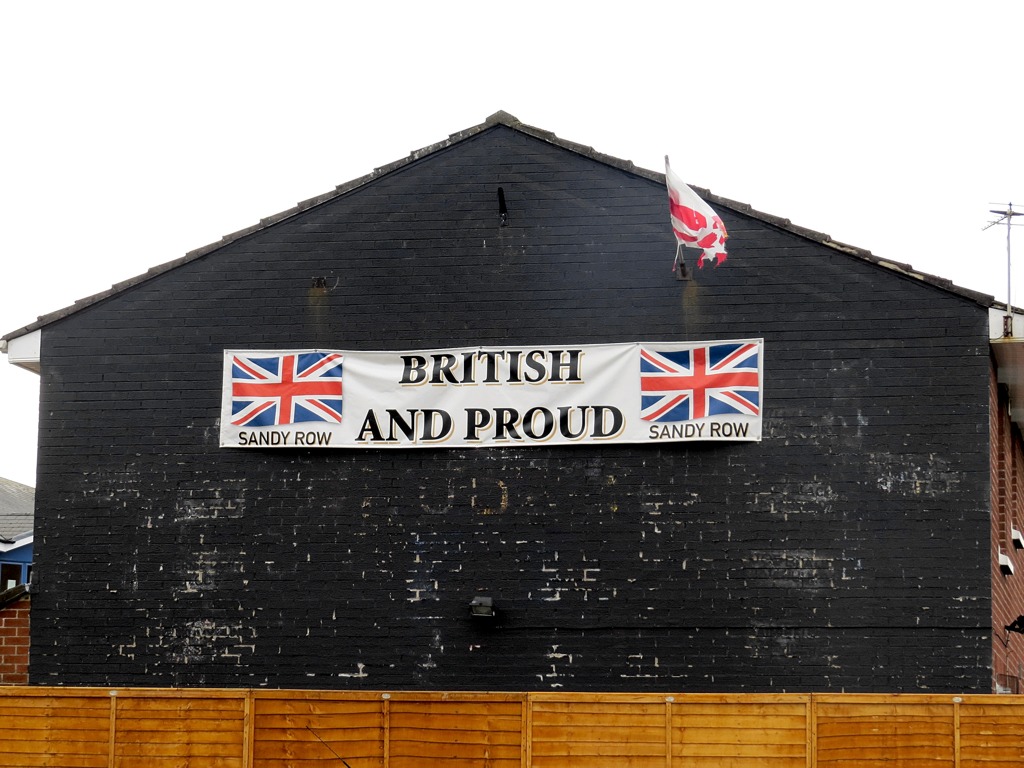
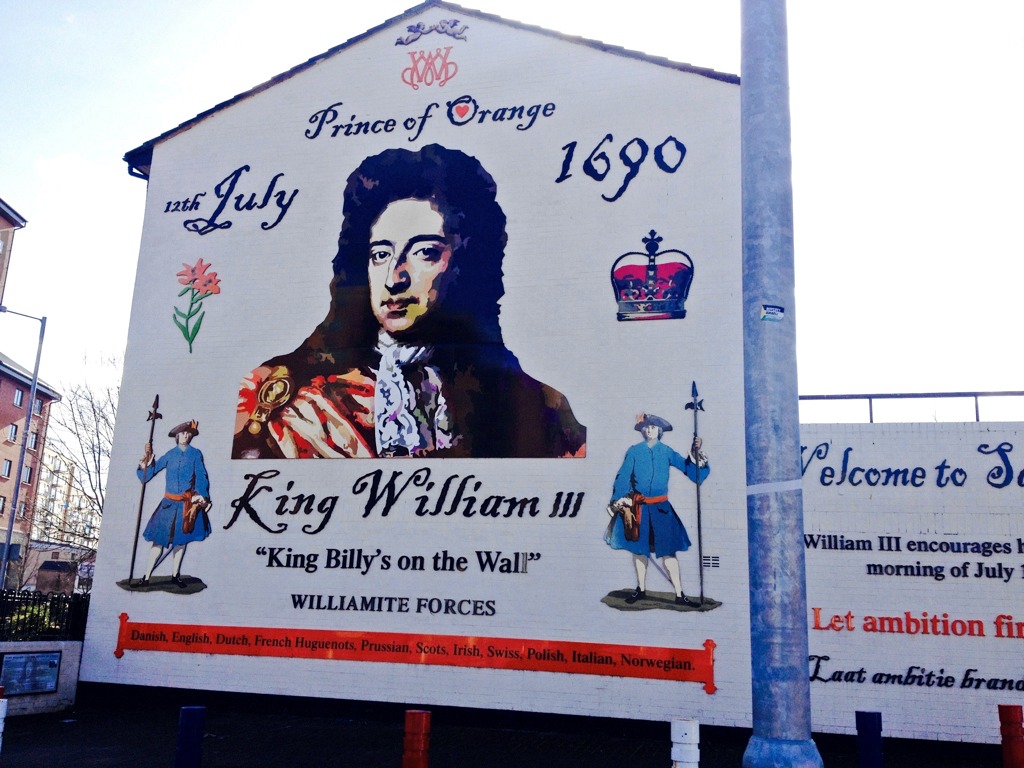
West Belfast
Historically, West Belfast has been the most nationalist oriented area out of Belfast’s four constituencies. However, there exists large unionist minority communities such as parts of the Shankill area, as well as a smaller Protestant enclave at Suffolk. West Belfast runs along the Falls Road and its suburban extensions. There exists a long peace line dividing the unionist Shankill area from the nationalist Falls Road area. Along the peace wall are some gates that allow cars to pass through across sides, but the gates close at dusk.
Clonard Monastery
Clonard Monastery is a Roman Catholic church and monastery, located off the Falls Road in West Belfast.
More interestingly perhaps, Father Alec Reid, a Northern Ireland peacemaker, lived here. He was instrumental in the peace process. In 1988, Reid famously delivered the last rites to two British Army Royal Signals corporals killed by the Provisional Irish Republican Army (IRA) – an event known as the “corporals killings” – after they drove into a Republican funeral cortège in Belfast. Though Catholic, Reid sought to end the violence of the Troubles and turn to negotiation. Reid also helped with the peace efforts involving the Basque Country in Spain.
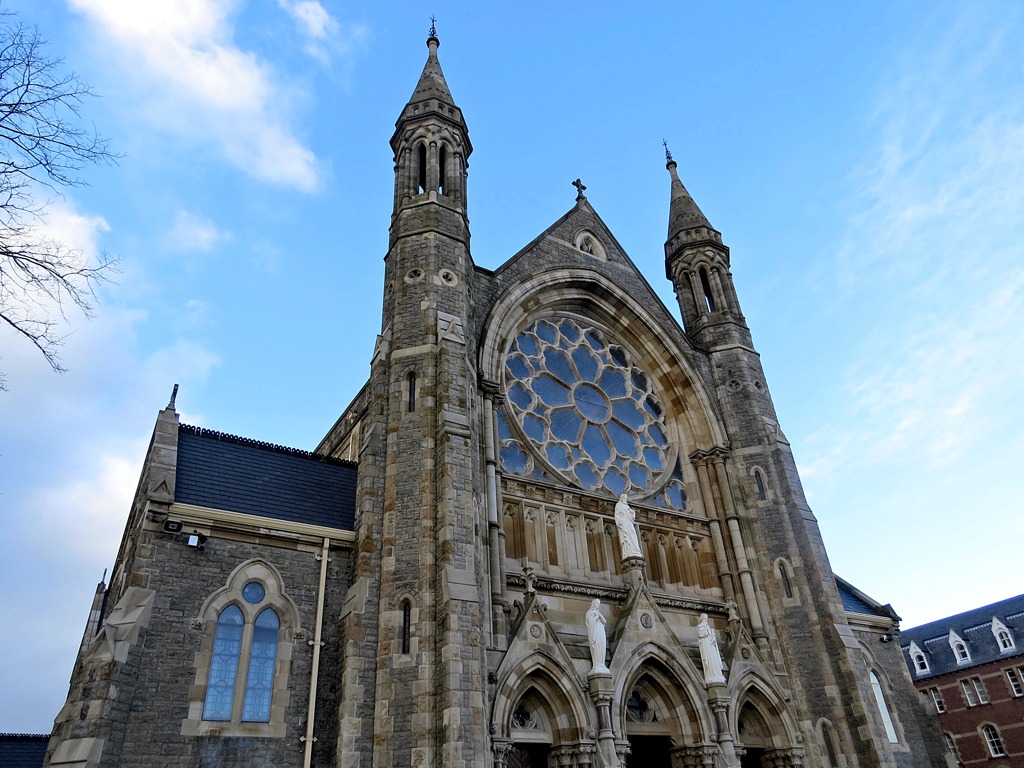
Clonard Martyrs Memorial Garden
This is a memorial commemorating Republicans who died for their cause, particularly during the violence that took place near the Clonard Monastery. Bombay Street refers to one of the events of the 1969 riots. On August 15th, almost all of the houses on Bombay street were burned by Loyalists, and many others were burned on Kashmir Road and Cupar Street. This event was the most extensive destruction of property during the riots.


Peace Walls
There are several peace walls/lines in Belfast, but the most prominent one is the wall dividing the unionist Shankill area from the nationalist Falls Road area in West Belfast. It is incredibly difficult to explain why this wall exists, but the wall captures the fascination of the world with its Berlin Wall-like sentiments. The wall itself is decorated with artwork, with many interesting pieces on display. Tourists tend to sign the wall, though most locals find the messages somewhat insulting because tourists tend not to know the nature of the situation.

International Wall
Although not on the peace line itself, the “International Wall” sits close to Cupar Way on the Falls Road side of the area and includes some murals on political themes, environmental issues, and features famous world figures. These murals are of international solidarity with revolutionary groups are equally common, as are those which highlight a particular issue, for example the Ballymurphy Massacre or the McGurk’s Bar bombing. The murals are constantly replaced with new paintings.

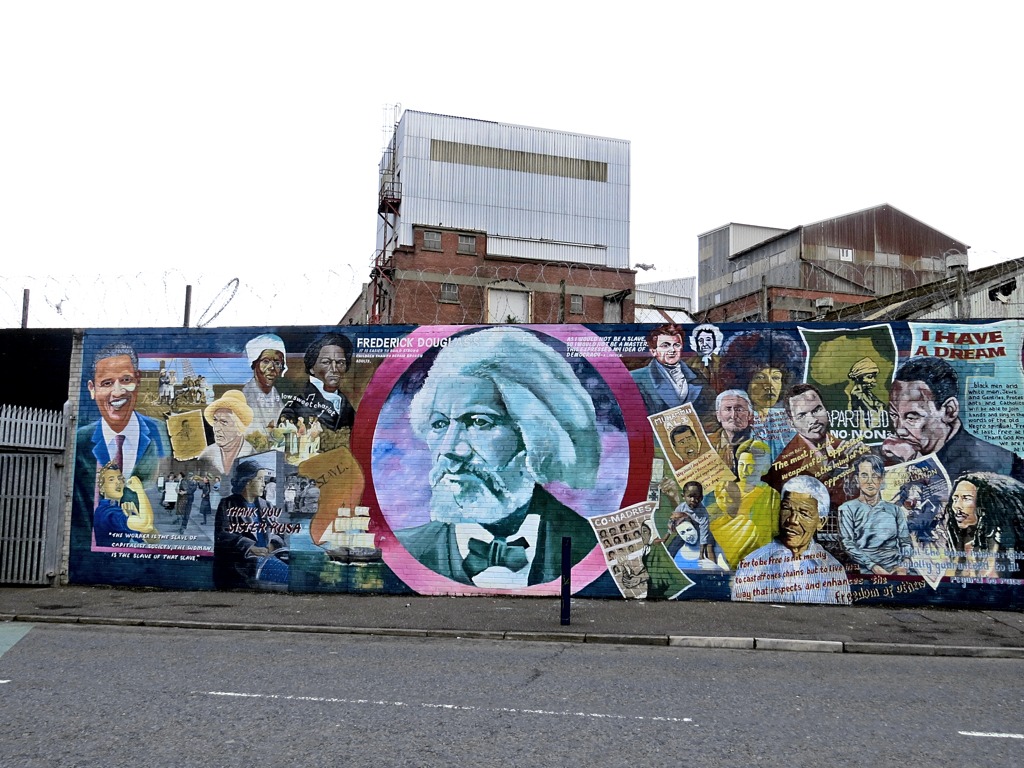
So yes, though The Troubles occurred roughly 40 years ago, the past still resonates with much of Belfast (and Northern Ireland). It is important to have context in order to better understand what things mean to people.
Stay tuned for a post on Belfast’s many murals–the good, the bad, and the ugly.




No Comments